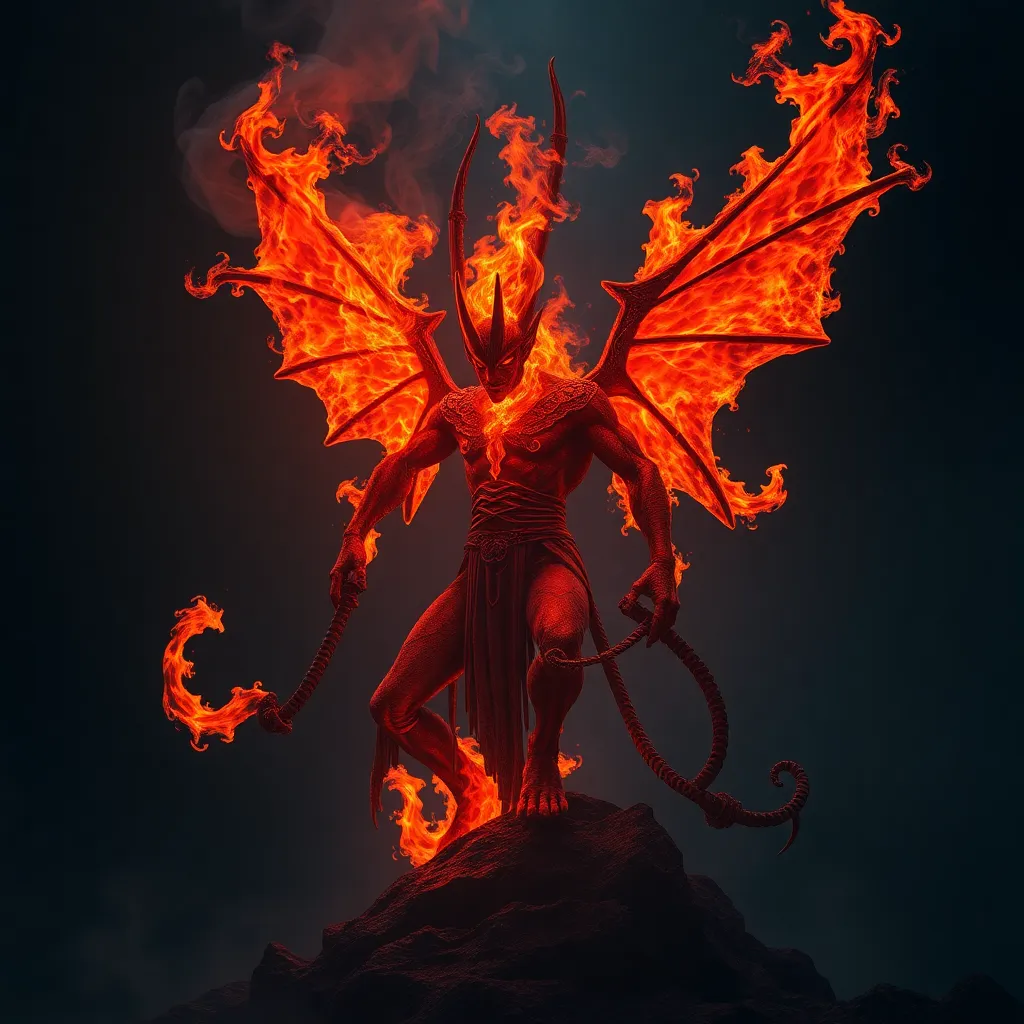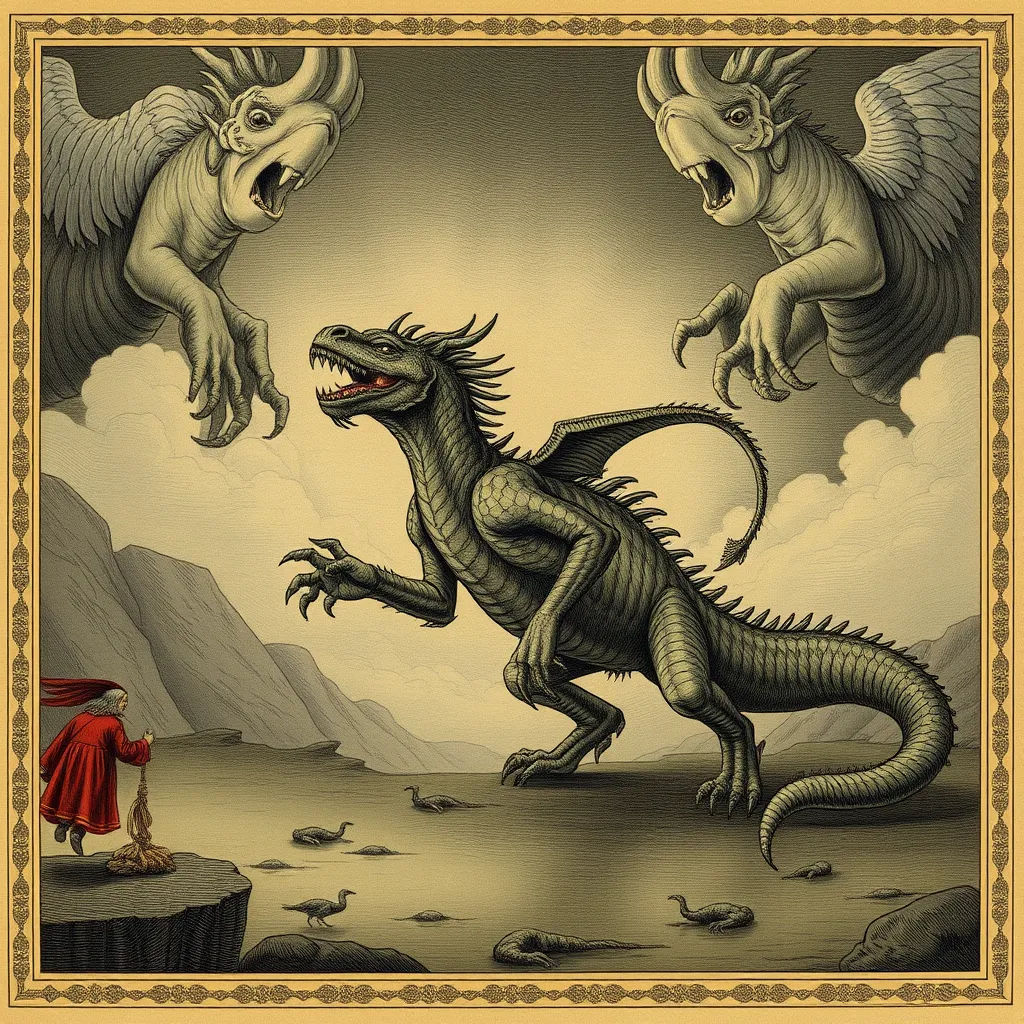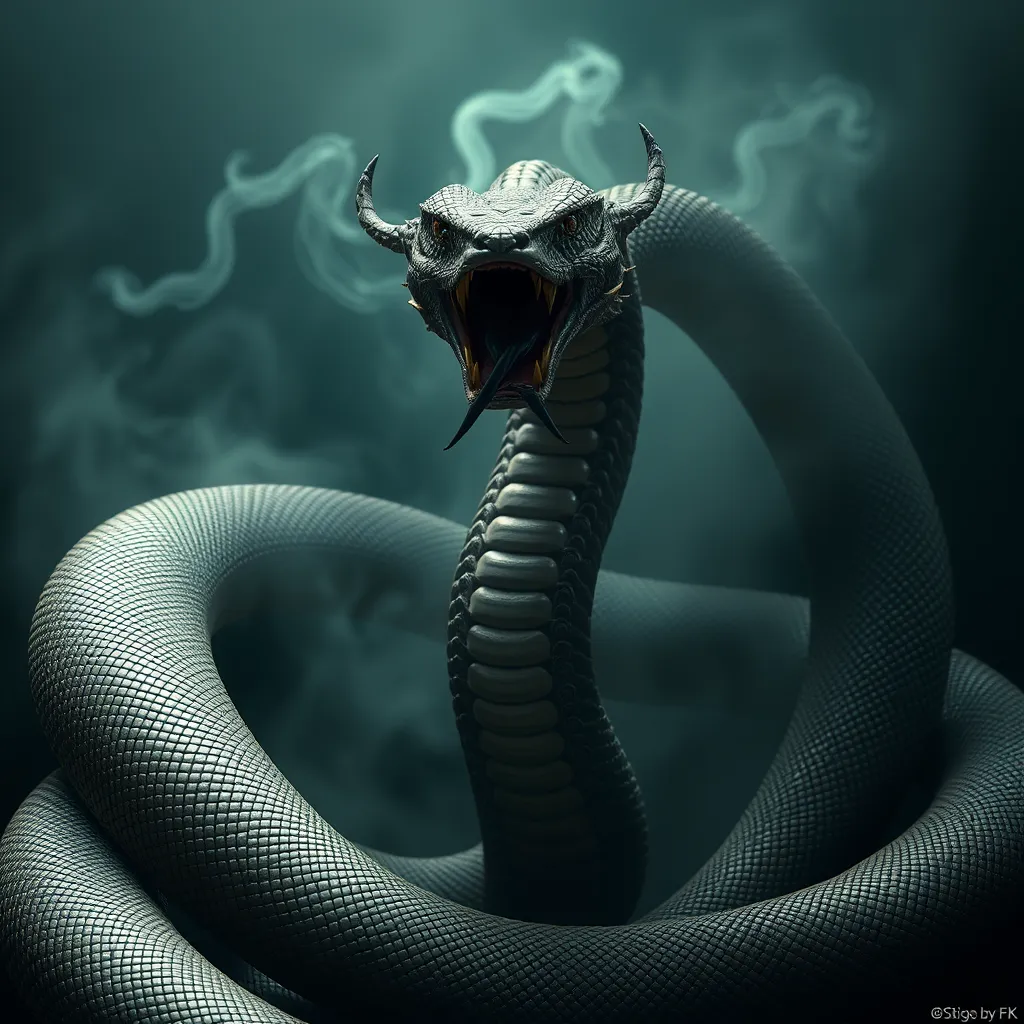The Enigmatic Ifrit: Understanding the Nature of these Fire Djinn
1. Introduction to Ifrits
Ifrits are a captivating type of Djinn, originating from ancient Arabian folklore. Often described as powerful spirits of fire, they have fascinated cultures throughout history. The term “Ifrit” itself is derived from Arabic, where it signifies a fiery creature, embodying both the elemental nature of fire and the mystical qualities attributed to Djinn.
In various traditions, Ifrits hold a significant cultural place. They are sometimes depicted as guardians, while in other narratives, they are viewed as malevolent entities. Their complex nature reflects the duality of human experience, embodying both light and darkness.
2. The Mythological Roots of Ifrit
The historical context of Ifrit can be traced back to ancient texts, including the Quran, where they are mentioned alongside other types of Djinn. In these texts, Ifrits are recognized for their strength and cunning, often serving as adversaries to humans or other supernatural beings.
When comparing Ifrits to other types of Djinn, such as Marids and Jinn, we find distinct differences:
- Ifrit: Often depicted as fierce and unpredictable, primarily associated with fire.
- Marid: Generally considered more benevolent, often associated with water and capable of granting wishes.
- Jinn: The broadest category, encompassing various spirits with diverse characteristics.
3. Characteristics of Ifrit
Ifrits are often described as imposing figures, with a fiery appearance that can range from glowing embers to raging flames. They are sometimes depicted with human-like features but can also take monstrous forms, emphasizing their elemental nature.
Some common characteristics of Ifrit include:
- Physical Descriptions: Typically described as large, with a body that can be engulfed in flames or smoke.
- Elemental Associations: Strongly linked to fire, they embody its transformative and destructive qualities.
- Personality Traits: Ifrits are often portrayed as proud, vengeful, and sometimes malicious, though they can also exhibit loyalty and valor.
4. Ifrit in Literature and Popular Culture
Ifrits have made significant appearances in classic literature, notably in the collection of Middle Eastern tales known as “One Thousand and One Nights.” In these stories, Ifrits often serve as antagonists, showcasing their fearsome powers and the potential for destruction.
In modern culture, Ifrits have been reinterpreted in various forms:
- Films: Ifrits are sometimes featured in fantasy movies, portrayed as magical beings with complex motivations.
- Video Games: Many role-playing games incorporate Ifrit as powerful fire-based characters or bosses.
- Literature: Contemporary novels often draw on the Ifrit mythos to explore themes of power, revenge, and redemption.
5. The Dual Nature of Ifrit
One of the most intriguing aspects of Ifrit mythology is their dual nature. They can embody both benevolent and malevolent characteristics, depending on the narrative. In some cultures, Ifrits are seen as protectors of treasures or sacred places, while in others, they are viewed as harbingers of chaos and destruction.
This duality is reflected in the way Ifrits are perceived across different regions:
- In Middle Eastern cultures: Ifrits are often feared and respected, seen as powerful and unpredictable.
- In Persian culture: They may be viewed more favorably, as representations of strength and resilience.
6. Rituals and Beliefs Surrounding Ifrit
Throughout history, various rituals and practices have been developed to summon or appease Ifrits. These rituals are often steeped in tradition and folklore, aimed at either invoking their presence or warding off their wrath.
Some traditional practices include:
- Offerings: Food, incense, or precious items might be left as offerings to attract Ifrits.
- Incantations: Specific prayers or chants are recited to invoke or communicate with Ifrits.
- Protective Talismans: Amulets are sometimes used to protect against malevolent Ifrits.
Folklore surrounding encounters with Ifrits also includes numerous superstitions, often warning individuals to be cautious in their dealings with these powerful beings.
7. The Symbolism of Fire in Ifrit Lore
Fire holds a profound significance in the lore surrounding Ifrits. As an element, fire is often viewed as both transformative and destructive, symbolizing the duality of creation and annihilation.
Ifrits symbolize human emotions and experiences in various ways:
- Passion: The intense fire of Ifrits reflects the depths of human passion and desire.
- Anger: Their fierce nature can symbolize uncontrolled rage and the consequences of vengeance.
- Transformation: Just as fire can forge new beginnings, Ifrits represent change and the power to overcome adversity.
8. Conclusion: The Lasting Legacy of Ifrit
The legacy of Ifrits continues to resonate in contemporary society, influencing various forms of storytelling and cultural narratives. Their complex nature serves as a mirror to the human experience, embodying both the light and dark aspects of existence.
As we explore the myth of Ifrit, we are reminded of the rich tapestry of folklore and the lessons it imparts. Whether seen as protectors or adversaries, Ifrits remain an enduring symbol in the world of mythology, reminding us of the power of fire and the complexities of human emotions.



